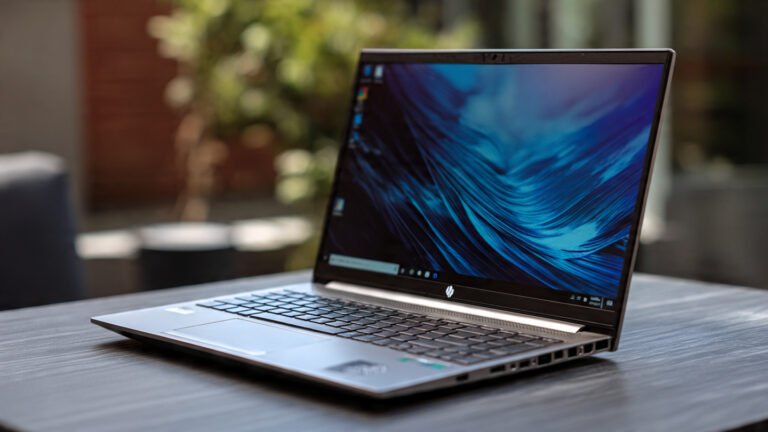Framework Laptop 16 Review — Best Modular & Repairable Linux Laptop 2025
The Framework Laptop 16 represents a breakthrough in modular and repairable Linux laptop design. Unlike traditional notebooks with soldered and sealed components, the Framework 16 allows users to upgrade, replace, and customize nearly every part of the system including memory, storage, keyboard, ports, and even the dedicated GPU module. This makes it one of the most future-proof and sustainable laptops available, ideal for Linux power users who value control, repairability, and long-term investment.
Who Is This Laptop For?
- Hardware enthusiasts and upgraders who want full control of their system
- Developers, engineers, and Linux workstation builders
- Creators, 3D artists and GPU-compute users
- Users who value sustainability and long-term hardware ownership
- People who dislike disposable locked-down laptops like MacBook/Ultrabooks
Specifications
| Component | Details |
|---|---|
| CPU | AMD Ryzen 7 7840HS (8 cores / 16 threads) |
| GPU | Modular graphics bay — optional discrete GPU module |
| RAM | Up to 64GB DDR5 (replaceable) |
| Storage | Dual M.2 2280 PCIe Gen4 NVMe SSD slots |
| Display | 16″ 2560×1600 (165Hz, 16:10 matte) |
| Battery | 7–9 hrs real use |
| Weight | ~5.1 lbs depending on configuration |
| Ports | Fully modular expansion cards: USB-C, USB-A, HDMI, DisplayPort, storage modules |
Linux Compatibility & Driver Support
Linux runs exceptionally well on the Framework Laptop 16 with full support for Fedora, Pop!_OS, Ubuntu, and Arch. All essential components including GPU switching, Wi-Fi 6E, Bluetooth, NVMe storage, sleep/suspend, and brightness controls operate without manual patches. AMD open-source graphics drivers provide excellent performance, making this a strong choice for compute workloads and desktop GPU-accelerated tasks.
Performance & Benchmarks
The Ryzen 7 7840HS delivers outstanding multitasking and workstation performance, excelling in development, virtualization, machine learning frameworks, and media processing. With the optional discrete GPU module, performance jumps dramatically for Blender, GPU inference workloads, and gaming under Proton. Thermals are well-controlled, and fan noise remains reasonable under sustained load thanks to a redesigned cooling architecture.
Battery & Thermals
The battery is solid for a performance-class laptop, averaging 7–9 hours depending on display brightness and processor usage. Cooling is efficient and more consistent than many similarly sized workstations due to airflow optimization and an enlarged heatsink structure.
Keyboard, Build Quality & Modularity
The Framework modular deck allows users to customize keyboard layout, numpad position, and port configuration. Build quality is excellent and inspires confidence, with solid aluminum structure and easy access to internal components via standard screws and printed repair guides.
Best Linux Distros for Framework 16
- Fedora 41 — best balance of performance and newest drivers
- Pop!_OS — ideal for hybrid GPU optimization
- Arch Linux — perfect for fine-tuned hardware control
Pros & Cons
| Pros | Cons |
|---|---|
| 100% modular upgradeable design | Heavier than ultrabooks |
| Excellent Linux compatibility | More expensive when fully configured |
| Dual SSD and optional GPU module | Battery life shorter than ultralight thin laptops |
| Sustainable long-term hardware | Availability may vary by region |
Recommended Configurations
- Best Value: Ryzen 7 + 32GB RAM + 1TB SSD + 165Hz display
- Workstation: Ryzen 7 + 64GB RAM + Dual 2TB SSD + GPU module
🔥 Best Amazon Link
View Framework Laptop 16 configurations on Amazon
Linked Resources
See full comparison and ranked alternatives:
Best Linux Laptops 2025 (Ranked & Tested) — Ultimate Buyer Guide
Explore more Linux laptop reviews:
Linux Laptops — Review Library
Browse full hardware hub:
Hardware & Laptops



